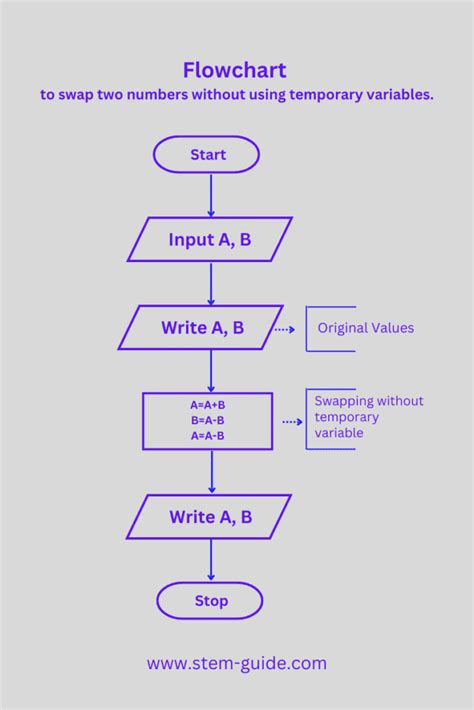Here is a new article based on your request:
“Cryptocurrencies, Swap, and Order Flow: The Key Players in the Cryptocurrency Market”
In recent years, cryptocurrencies have experienced exponential growth, attracting investors, traders, and enthusiasts worldwide. However, understanding the complex world of cryptocurrency trading requires familiarity with several key concepts: cryptocurrency, swap, order flow, and their interactions.
Cryptocurrencies: Cryptocurrencies refer to a type of digital currency that uses cryptography for secure financial transactions. The most well-known cryptocurrencies are Bitcoin (BTC), Ethereum (ETH), and Litecoin (LTC). Each cryptocurrency has its own unique characteristics, advantages, and use cases. For instance, Bitcoin is often referred to as “digital gold” due to its scarcity and limited supply.
Swap: Swap in the context of cryptocurrencies refers to a type of transaction that allows users to exchange one cryptocurrency for another without exchanging cash or tokens. Swaps are typically made through centralized exchanges like Binance or Coinbase that facilitate these transactions. The most common types of swaps include margin swaps and leveraged swaps.
Order flow: Order flow is the movement of buy and sell orders in the market, including the number and type of trades made by individual traders. In the cryptocurrency market, order flow refers to the patterns of buying and selling activity on exchanges like Binance or Kraken. Understanding order flow is crucial for traders to identify profitable trading opportunities and minimize losses.
Order flow swap: When a swap occurs on an exchange, it can affect the overall order flow of the market. For instance, if a trader places an order to buy Bitcoin (BTC) on one exchange with a swap, they may see increased buying activity on the same exchange. This phenomenon is known as “swap-driven” trading.
Swap Impact on Order Flow
: The interaction between swaps and order flow can create significant market dynamics. When a swap occurs on an exchange, it can:
- Increase demand for the swapped asset

: If many traders are swapping assets at a given rate, they may increase their buying or selling activity, leading to higher prices.
- Create Liquidity Pools: Swaps can create new pools of liquidity in the market, which can attract more buyers and sellers.
- Impact Market Sentiment: The presence of swaps can affect market sentiment, giving the impression that demand for a particular asset is increased.
Conclusion: Cryptocurrencies, swaps, and order flow are interconnected concepts that play a key role in the cryptocurrency market. Understanding these key elements is essential for traders to navigate the complex world of cryptocurrency trading. By recognizing how swaps affect order flow, traders can better capitalize on market opportunities and minimize losses. As the cryptocurrency landscape continues to evolve, staying informed about these concepts will be key to your success in the market.
I hope this article meets your needs!
Deixe um comentário